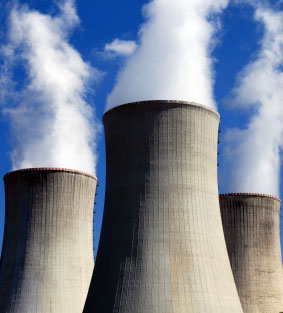
Last week I described why some environmentalists have shifted their position and now support nuclear power, and I described how we might be able to store nuclear waste more safely and cheaply than in the Yucca Mountain facility. So what’s wrong with nuclear power? Why not move full-steam-ahead with this much more climate-friendly power generation option?
There are two reasons. First, with today’s nuclear power technologies, there is a very real terrorist threat. Along with concern that radiation could be dispersed by a crude “dirty bomb” or by crashing a plane into nuclear waste storage pools or dry-cask storage facilities at power plants, there’s another terrorist concern that’s rarely mentioned. I believe that it would be possible for a terrorist network to infiltrate the security or reactor operations staffing at a nuclear plant and cause a meltdown. My fear is that operatives working on the inside could disable the primary, secondary, and tertiary cooling systems, and then somehow damage the fission-moderating control rods, precipitating a meltdown and releasing radiation in a Chernobyl-like explosion.
It wouldn’t surprise me, in fact, to learn that there are terrorist organizations somewhere in the world today that are working on long-term plans to gain access to nuclear plants so that they can sabotage them in this way. It would be a new level of sophistication by terrorists—perhaps farfetched, but not out of the question. My concerns about this were heightened some years ago when I read Rogue Warrior, an autobiography by an elite Navy Seal, Richard Marcinko who, after leaving the Navy, worked with a small team of ex-Seals to test security at nuclear weapons facilities and military bases. While this was admittedly before 9/11, when security wasn’t as tight, they were able to break into these facilities seemingly at will, and then demonstrate how they could have wreaked havoc. Scary stuff.
Should a nuclear power plant be sabotaged in this way somewhere in the world (whether France, Japan, the U.S., or somewhere else) and should it render hundreds or thousands of square miles uninhabitable—as happened in the Ukraine with the Chernobyl accident—the public, and especially the public in the U.S., would decide in short order that it had had enough with this energy source. There would be unstoppable public pressure to shut down nuclear power plants, and any new investment in this industry would be sunk capital.
My second concern about nuclear power isn’t nearly as sensational or scary, but it’s probably a bigger obstacle for an industry that’s seeking rebirth—the simple economics of building nuclear power plants. There is a reason why no U.S. utility company has ordered a new nuclear plant for more than 30 years. It’s too risky an investment, even with the Price-Anderson Act that protects utility companies in the event of a major accident—shifting liability to the American taxpayer.
In an article in the January 12 issue of Time Magazine about a potential renewal of the nuclear industry, Michael Grunwald wrote, “It turns out that new plants would not just be extremely expensive but spectacularly expensive.” Florida Power & Light recently came up with the first detailed cost estimate for a proposed nuclear plant off the Florida Keys (one of as many as 35 nuclear plants said to be in the planning stages in the U.S.), and it came in at an astounding $12-18 billion. Progress Energy estimated the cost of a different Florida plant at $17 billion—triple the estimate from just a year earlier. By comparison, a new, comparably sized, coal-fired power plant would cost less than $3 billion. If these cost estimates haven’t dampened interest in nuclear power enough, then the credit crunch is sure to.
In 2001, prior to these new, higher, cost estimates for building nuclear power plants both here and in Europe, The Economist magazine famously reported that “Nuclear power, once claimed to be too cheap to meter, is now too costly to matter.” My friend Amory Lovins, of the Rocky Mountain Institute in Snowmass, Colorado, argues that, given the high manufacturing costs, electricity from new nuclear power plants would cost at least twice as much as electricity from coal or natural gas plants and nearly three times as much as electricity from large wind farms. And the cost of wind power has been dropping steadily during the past decade. Now, if you were a newly bailed-out investment bank, would you really invest in new nuclear plants?
To be sure, there are some interesting new technologies being considered with nuclear power, including an inherently safer reactor based on thorium rather than uranium (technology sometimes referred to as “energy amplification”), but there is currently little reason to believe that newer technologies would be any less expensive than the plants being built around the world today by Westinghouse and GE.
Given these economic concerns, it’s hard to believe that we will see a resurgence of nuclear power any time soon in this country—despite the climate benefits. I remain convinced that the solution to our energy woes lies, first and foremost, with energy conservation and, second, with a diverse mix of renewable energy sources.
Weekly Newsletter
Get building science and energy efficiency advice, plus special offers, in your inbox.





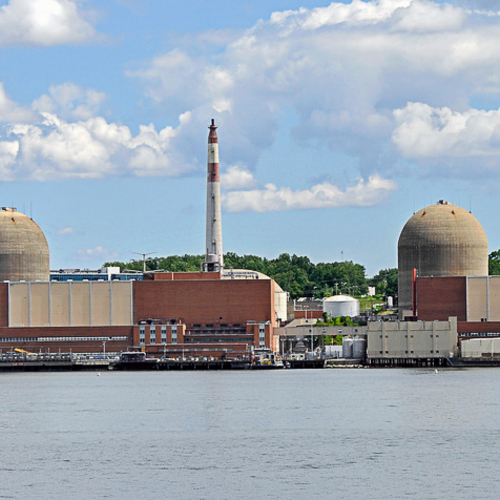
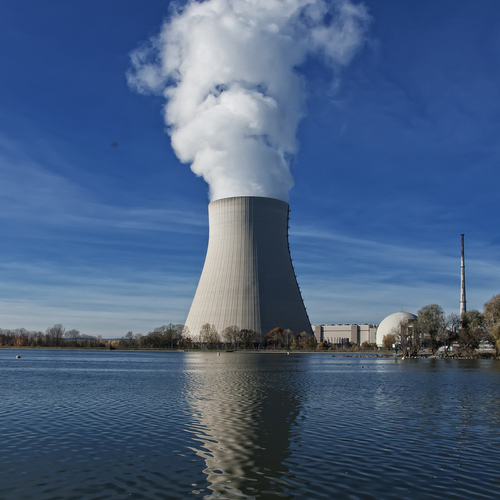
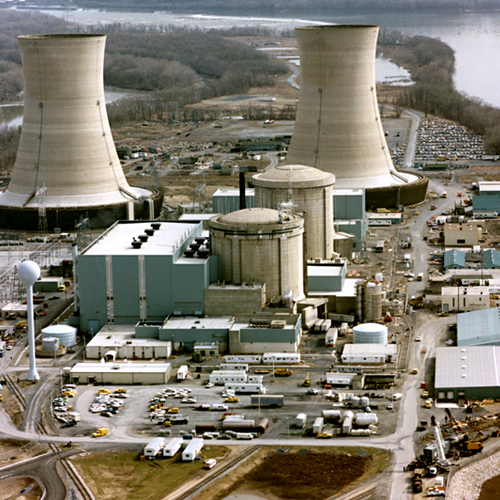
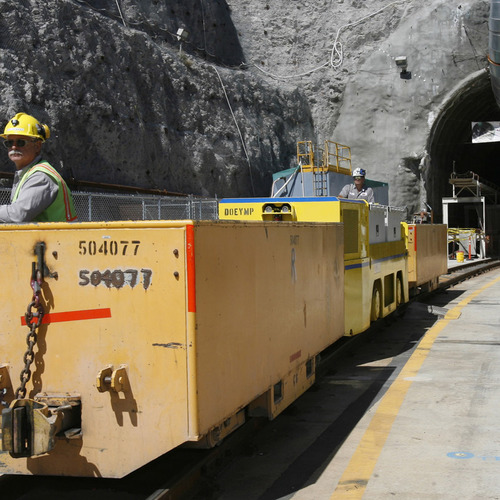






One Comment
the article shares the
the article shares the knowledge regarding nuclear power will there are many dangerous attack fear's of terrorist.
Log in or create an account to post a comment.
Sign up Log in